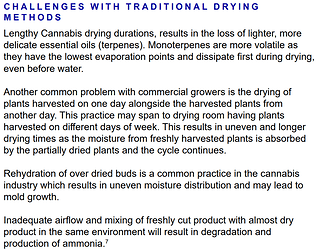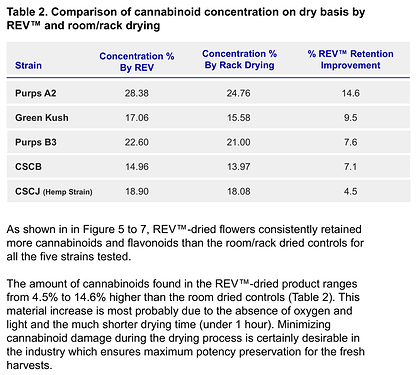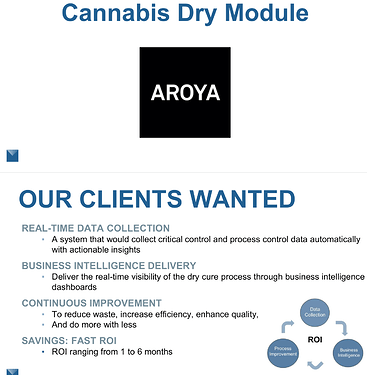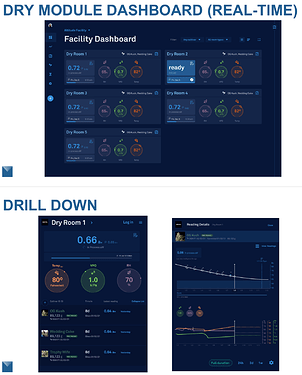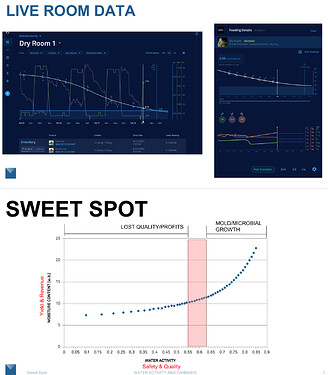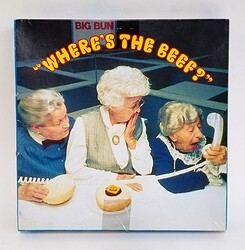Let’s talk about the pros/cons of microwave vacuum drying and traditional hang drying with real-time water activity estimation with AI machine learning. If you’re not interested in pushing the envelope for drying, data collection, and analytics, this thread probably isn’t for you.
Needless to say, I have serious doubts about microwave vacuum drying for AAA flowers when compared to ideal slow-hang drying conditions (day 1-3 @ 68’F/48% RH & day 4+ @ 64’F/58%) using Aryora’s “Dry Module” for real-time water activity estimation with AI machine learning.
There are a couple of threads on microwave vacuum drying on this site. Neither got traction, and they don’t provide actionable information: Microwave Drying of CBD Hemp & "How to make a microwave vacuum dryer with turntable"
I just read a newly released academic journal sourced and written book from CRC Press titled, Handbook of Cannabis Production in Controlled Environments. (Find my book review here). Chapter 10, Harvest and Post-Harvest, briefly discusses microwave vacuum drying and offers a comparision of various drying methods based on terpene loss and cost (but they surely don’t like the Oxford comma, lol ![]() ):
):
10.7.10 Microwave Vacuum Drying
Microwave vacuum drying removes moisture using microwave radiation, low temperature and low pressure. The low temperatures prevent the loss of volatiles, while the microwave radion evaporates moisture through the inflorescence. The result is a very fast drying process (sometimes less than 45 minutes) and good preservation of the original chemistry. EnWave Technologies (www.enwave.net) offers an industrial-scale drying system using microwave vacuum technology. EnWave claims less than 5% loss of THC and less than 35% less of terpene content for cannabis.
EnWave makes bold claims about their Terpene Max microwave vacuum dryer regarding reduced terpene and cannabinoid losses vs. hang drying. Enwave’s system increases flower surface temperatures to 102’F for around 50 minutes. Compared to 60-68’F air temperature for room drying for 7-10+ days, microwave vacuum drying seems bound to volatilize the most prized light terpenes (monoterpenes) due to its heat. But the proof will be in the pudding! I would also imagine the 20 torr vacuum pressure would puff out the bracts, giving the flower an odd appearance. I attached their sell sheet to the their third post.
I attached the Aroya’s “Cananbis Dry Cure Modle Story Board” and “Cannabis (isotherm) Validation” to the third post.
The initial cost of Aroya’s Dry Module is around $14,000 for the first six months, followed by a $1,000 monthly subscription fee for a minimum of 6 months. The total for the first year is about $27,000.

